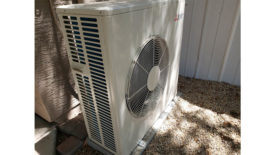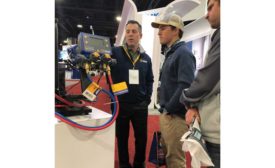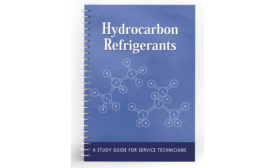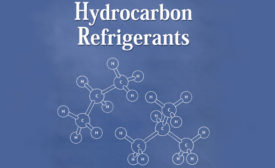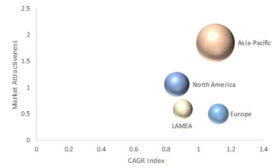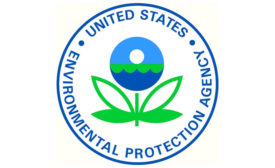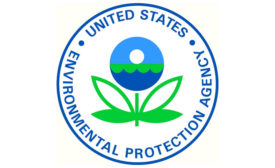Home » hydrocarbon refrigerants
Articles Tagged with ''hydrocarbon refrigerants''
Flammable refrigerants such R-290 could be used in larger air conditioners and heat pumps
Read More
IIAR Conference Offers Insights Regarding Natural Refrigerants
New commercial refrigeration track explored industry trends
Read More
RSES Releases Third Edition of HC Refrigerants Study Guide and Course
Focus is safely maintaining and servicing systems that use flammable refrigerants
October 30, 2017
Working Safely with HC Refrigerants
Technicians will soon be encountering R-290 and R-600a in commercial kitchens
Read More
Global Refrigerants Market Expected to Reach $18.5B by 2022
Report projects growth rate of nearly 10 percent annually
January 27, 2017
EPA Reiterates Fire, Injury Warnings of Unapproved Refrigerants
Refrigerants with ‘22a’ or ‘R-22a’ in the name contain highly flammable hydrocarbons
May 30, 2016
ATMOsphere America Conference Coming to Chicago in June
Natural refrigerants event expected to be biggest ever
May 16, 2016
New EPA Proposal on HFCs Builds on Last Year’s Final Rule
Change of status sought on some HCs, 1234yf in specific end uses
April 4, 2016
Addressing the Flammability of HC Refrigerants
Low charges combined with awareness and simple safety steps minimize risk
Read More
Copyright ©2025. All Rights Reserved BNP Media.
Design, CMS, Hosting & Web Development :: ePublishing
